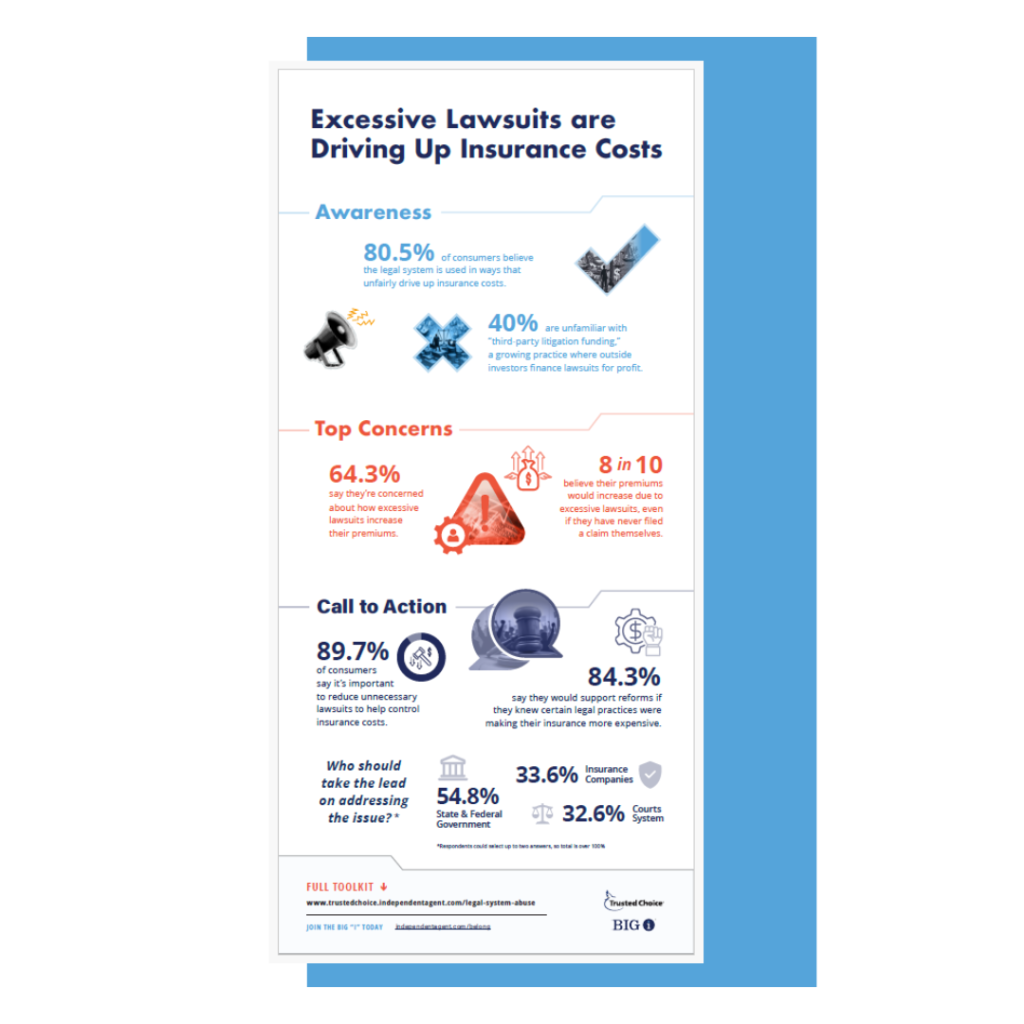Top 3 Ways to Minimize E&O Claims
Recently our faculty was asked to identify the Top 3 ways to minimize E&O claims. In this article, we’ll provide their responses, along with an article from our E&O carrier on how the hard market affects agents’ exposure to E&O claims and how they can mitigate this exposure.
Author: VU Faculty Recently our faculty was asked to identify the Top 3 ways to minimize E&O claims. In this article, we’ll provide their responses, along with an article from our E&O carrier on how the hard market affects agents’ exposure to E&O claims and how they can mitigate this exposure. In response to an article one of our staff members was writing, the VU faculty was asked to identify their Top 3 ways to minimize E&O claims. Here are their responses….
1. Documentation If you want a more unconventional answer, here’s one: 1. Adequate and proper technical training for all employees
2. Always conduct a high quality survey to help the insured, and you as their agent, identify risk. Include a review of leases and contracts. The survey helps sell insurance, provides coverage for elements that may otherwise be uninsured, and documents the agent’s file. The survey must be revisited on each renewal. 3. Structure proposals on new and renewal accounts to address every element identified in the survey. It is fine for the insured to elect to not insure an element or to select lower limits. But make sure it is the insured’s decision and is documented in the file.
1. Document as much as possible in written form, either in a communication to the client or a memo to your own file, as appropriate. 2. Make an affirmative attempt, i.e., at least offer to explain complicated matters, and if the client refuses to listen or says he/she doesn’t care/understand, document that. 3. When something goes seriously wrong, don”t immediately admit that it was your fault or apologize, especially if you’re not sure whether or not it was your fault, and are just trying to be polite. 4. Probably most important — don’t “dabble” in areas where you aren’t fully competent, and don’t be tempted to do so by a big commission. Try to co-broker or something like that instead. 5. Don’t try to practice another profession such as law or accounting. As distasteful as it may be, get “friendly” with a lawyer and/or CPA to whom you can refer clients and get referrals in return. (This is five, but I can’t count too well.)
Just today, I saw an email from an agent who insured a $10 million building for $8 million under an 80% coinsurance clause (probably a mistake, but that’s another article). The question was, if the insured has a $1 million loss, will he receive only $800,000 due to the 80% coinsurance clause. The question was from the agency vice president over commercial lines. Seriously. I’m not kidding. And if you think I’m picking on agents, check out this claim denial by a company adjuster. A trucking firm backed into a loading dock at the rear of a building of the insured and did some damage. The property adjuster denied the claim based on the “Pier, wharves, pilings, and docks” exclusion! Seriously. I’m not kidding. I told the agent to refile the claim as damage to a loading “platform” rather than a “dock.” 🙂 There are too many people selling and servicing insurance policies who lack a fundamental knowledge base in coverages. Sadly IIABA state associations are offering first-rate seminars every day around the country and they’re too often being ignored.
2. Read policies before you sell them. 3. Do a complete account analysis….don’t match someone else’s crummy proposal. Bonus Section:How the Hard Market Affects Agents’ Exposures to E&O Claims (and Things Agents Can Do to Mitigate the Exposure)by Sabrena R. Sally, CPCU Just a few short years ago competing against a lower priced competitor was one of the top business concerns of insurance agents. Today, agents face a drastically changed environment that presents challenges in handling their agency’s errors and omissions exposure. As a result of this hard market, agents now face shrinking capacity, shocking rate increases, and reductions in or even complete lack of availability of certain coverages. The increasing numbers of carrier downgrades and an uncertain economic climate add to the E&O risk management challenge. As an agent in this brave new world, what steps can you take to protect your reputation and livelihood from potential costly E&O claims? The first step in any risk management program is to identify the exposures. What situations create opportunities for increased exposure to insurance agent E&O claims? • Carriers withdrawing from a line of business The next step is to identify ways to minimize this increased risk by ensuring that adequate agency procedures are in place, and documenting those procedures in the agency procedure manual. It is standard practice for an agency to have a written manual that documents the agency’s procedures. The manual typically addresses all aspects of the agency operation including quoting, issuance of certificates, handling of non-renewals, and setting financial acceptability guidelines for carriers, to name a few. The E&O hazards created by the hard market may require changes to the agency procedures manual. Let’s look at a typical hard market situation. A carrier used by your agency announces its withdrawal from a line of business. What can you do to minimize the impact to your customer and protect against errors & omissions claims? Clear communication and written documentation are the keys. Obtain in writing from the carrier details on the scope of the withdrawal, the exact date this affects new and renewal risks, a list of affected policyholders, and who will be responsible for any required notices of non-renewal. Verify the policyholder information provided by the carrier against your agency records. If the agency will be responsible for non-renewal notifications, review the agency procedure manual to ensure that an adequate procedure exists to address this type of block non-renewal and clarify with the carrier the number of days notice is required and any special mailing requirements. Determine whether or not you can obtain replacement coverage, and at what level of coverage. Advise all policyholders in writing of what will be taking place and when. Document all communication with the carrier and policyholder in writing and retain in the policyholder file. Last but not least, be sure to inform all agency staff of the impending change and their responsibilities in handling the change. You may receive renewal quotes with significant changes in coverage terms and conditions. What steps might you take to mitigate potential E&O claims? Contact the carrier to determine if this change is account specific or is it a change in the carrier’s overall strategy. Is the change for renewals only, or will it also include new business? Perform your own coverage comparison to verify the scope of the changes being made. Determine if other markets are willing to match the expiring terms. Identify all agency accounts affected by the change. Communicate in writing to the policyholders what changes will take place, when, and any options you may have to offer them. Again, it is imperative that all agency staff be updated on changes in carriers’ underwriting appetite. It’s unfortunate, but it has become more common to see a drop in a carrier’s financial rating. A.M. Best is the most widely used rating service for the insurance industry. Your agency should have an established A.M. Best rating threshold below which you do not consider it prudent to place business with a carrier. Subscription services are available which will automatically provide your agency with notifications of changes in carrier ratings. To be proactive in managing this event, the agency’s procedure manual should document what will take place should the rating of one of your carriers drop. For example, who in the agency is responsible for monitoring changes in a carrier’s rating? How will affected policyholders be identified? What process will be followed to identify a replacement carrier (if necessary)? Does the state guaranty fund cover the carrier in question? What type of notification will be sent to policyholders? Having an established procedure in place will allow your agency to focus on addressing the needs of the policyholders rather than focusing on developing a process to address the rating drop. When a policyholder contacts your agency about a claim denied by the carrier, take a minute to refresh yourself on agency E&O exposures. While it is an agent’s role to facilitate claims service to the policyholder, do not step outside that role by making any coverage statements. A standard method of documenting claims inquires should be part of the agency procedure manual and be used by all agency staff. Should the policyholder indicate that the agency is responsible for the claim denial, or should your agency receive a request from the carrier to make a formal statement, or to provide copies of the agency file, your first response should be to contact your agency errors & omissions carrier for advice on how to best proceed. If your agency writes interest sensitive products, now is the time to review your agency procedures for clear communication and firm documentation. Current low investment returns can easily clash with earnings expectations of policyholders. Now is an opportune time to review the marketing materials of these products to ensure that disclaimer wording is clearly visible on all marketing illustrations. Review agency documentation procedures to ensure that a process exists to clearly communicate to customers in writing the performance volatility of interest sensitive products. In addition, updating the risk appetite profile of the policyholder and reviewing it along with their current investments, is a best practice to prevent E&O exposures in any type of market cycle. Carriers are not the only source of changes in policy terms and conditions. The policyholder, due to higher insurance costs or a change in their own financial results, may opt to lower coverage limits, choose a less broad form of coverage, or even drop coverage altogether. To protect the agency from potential E&O claims from this scenario, take this opportunity to review coverage needs with the policyholder. Explain, and document in writing, the scope of the coverage change requested, and how it differs from the coverage carried in the past. Ask the policyholder to acknowledge the change request in writing and retain this documentation as a permanent part of the file. This discussion is not a comprehensive agency risk management plan, but simply addresses agency E&O exposures highlighted by the hard market conditions. While it is impossible to prevent all claims, strong agency procedures for communication and documentation can help provide a viable defense against errors & omissions claims that do arise, and can also serve to contribute to the overall professional reputation of your agency. |










